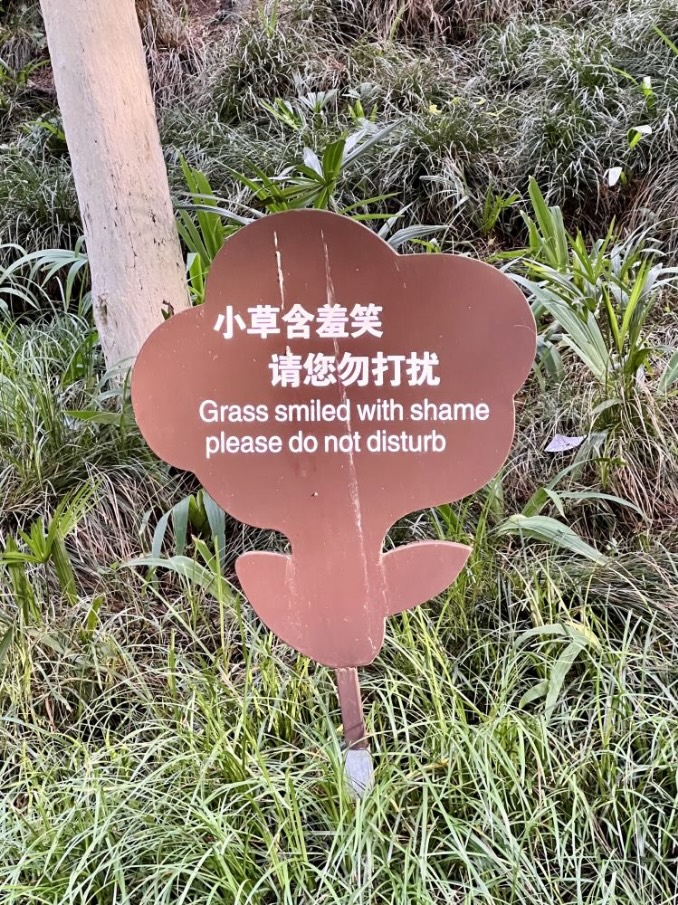Logos: The sacred phonology, mathematics, and agriculture of the alphazodiac
[This is a guest post by Brian Pellar]
. . . the consonants are the letters or ciphers which assemble around the vowels to form the words, just as the constellations assemble around the Sun, image of the Divinity, and compose the community of stars over which it presides. — Hebreu Primiti
The Consonants of Command
Dear Professor Mair,
In regard to your question, “Is there some sense in which we could think of the 12 aspects/signs/symbols of the alphazodiac as comprising/encompassing the basic sounds of the universe?” I’ve dabbled a bit with some intriguing answers in my papers. For instance, in my very first paper, SPP 196, I placed in the endnotes a very interesting reference from the Gospel of the Egyptians (a Nag Hammadi text) that I feel might bear a relationship to the structure and the underlying “sacred” vowels that comprise the Logos/Word — the breath of God — of the alphazodiac. More specifically,
the “three powers” (the Father, Mother, and Son) give praise to the unnamable Spirit — and the “hidden invisible mystery” that came forth is composed of seven sacred vowels (i.e., the Son “brings forth from the bosom/the seven powers of the great / light of the seven voices, and the word/[is] their completion”), with each of those seven vowels repeated exactly twenty-two times (“iiiiiiiiiiiiiiiiiii[iii]/ ēēēēēēēēēēēēēēēēēēēēēē /oooooooooooooooooooooo/uu[uuu] uuuuuuuuuuuuuuuuu/eeeeeeeeeeeeeeeeeeeeee/aaaaaaa[aaaa]aaaaaaaaaaa/ ōōōōōōōōōōōō ōōōōōōōōōō”) (Robinson 1990: 209–210). [SPP 196, pp. 38-39].
Read the rest of this entry »

